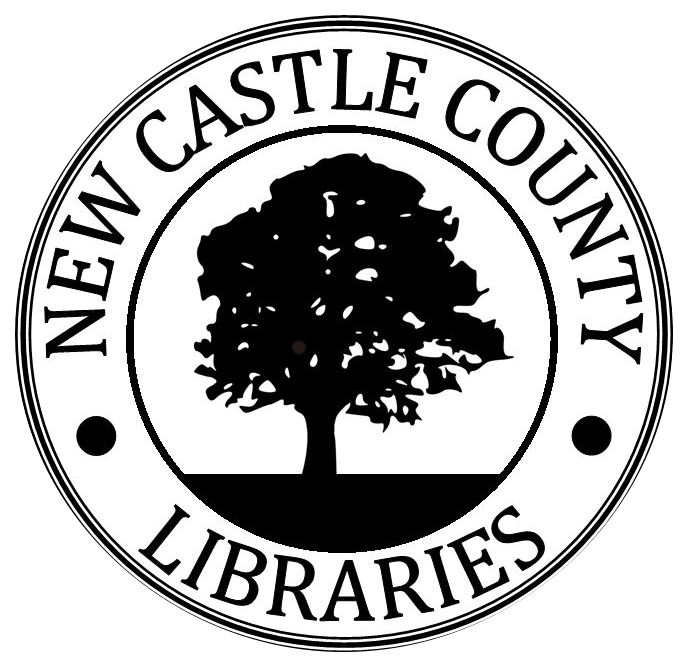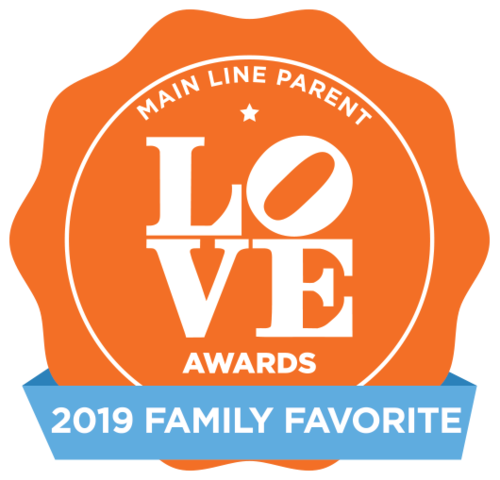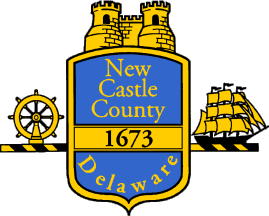What Etymology Can Do for You
/Everyone loves a good origin story. All the best superheroes have one. It turns out that every word we say has one too, whether it is clear to us or not. As you may already know, a word’s origin story is called its etymology, and it tells us the word's genesis and historical development.
In the days of antiquity, the study of language was nearly synonymous with etymology. It is still a part of linguistic study, though in the past century it has taken a back seat to the harder scientific branches of the discipline. Just as a vigorous enthusiasm for alchemy in the Middle Ages eventually gave way to chemistry, modern linguistics partially evolved out of a mystical preoccupation with the occult relationships between words. Roman writer-scholars such as Varro and Tibullus indulged heavily in this area of study, believing that the ostensible similarity of words necessarily implied a deeper connection. What seems to us now like a poetic conceit was to them an endeavor of some gravity.
Here is a famous example: the Latin word for “fire” is ignis, and the word for “wood" is lignis. The Roman scholars took this to mean that since the word for fire is "buried inside" the word for wood, this must imply that the element of fire is inherently buried inside the element of wood. This would be the equivalent of us today surmising that the word smother is naturally related to the word mother, simply because the latter seems to be lodged inside the former. The disappointing truth is that those two words, just like lignis and ignis, have absolutely no genealogical relationship. The absurdity of this practice would be on full display if I were to suggest that the word laughter must be related to slaughter!
Of course, these are extreme examples. One would be forgiven for thinking that adultery was based on the word adult, that coward and cower were related, or even that locomotive had something to do with the Spanish word loco, but as always, appearances are deceiving. Sometimes vague similarities do signal relationship: the first element in coleslaw, cauliflower and collard are related to kale, as these are all varieties of the same species of cabbage. Who would guess, though, that the second syllable in female has no relation at all to male? Neither does muscle have anything to do with mussel, but it does share a root with mouse! You might be hard pressed to accept that the word true is actually related to tree, borne of the notion that to be ever faithful and steadfast (the original meaning of true) is to be tree-like. In a similar vein, the word robust ultimately comes from the Latin word robur, which means “oak.”
You might find it interesting that there are plenty of words whose etymology no one can ascertain. Scoot, sludge and struggle are just a few. One of the most common words in the English language—big—has no discernible origin. Some words were made up out of thin air for their comedic quality, such as scrumptious, rambunctious, and flabbergasted. And then there are those that were created by deforming another: curtsy is a contraction of courtesy, just as fancy is a contraction of fantasy, and ornery is actually a countrified way of pronouncing ordinary.
So how does any of this help us in the grand scheme? Admittedly, this is mostly an amusing diversion. However, a great deal of etymological study can give us clues as to the history of human contact and migration. We can use a word’s development, specifically its physical mutation and shifts in meaning over time, as a record of the various interacting peoples and societies who uttered that word, day after day, generation after generation. It’s the sociological equivalent of a core sample drilled from Antarctic ice. For instance, a word’s etymology can tell us what group of people introduced it. There’s a reason that the two most popular flavors of ice cream—chocolate and vanilla—are of Spanish origin. Had Hernán Cortés never landed in Mexico in 1519, these agricultural products, as well as the words we now use to describe them, might never have entered our consciousness. The names of spices like saffron (Persian), cumin (Greek/Hebrew) and cinnamon (Phoenician) tell us what groups traded heavily in these goods. The fact that many scientific and mathematical terms are Arabic—alcohol, alkaline, algebra, algorithm—reminds us that medieval Muslim scholars were making advances in these fields while Europe was mired in the Dark Ages.
This is why I love etymology. Analyzing the development of a single word through time is like following one set of footprints back to its earliest appearance on the soil, centuries if not millennia into the past. To examine the history of an entire language is to trace the events and movements of its speakers and thus attempt to reconstruct the origin story for a whole society.






